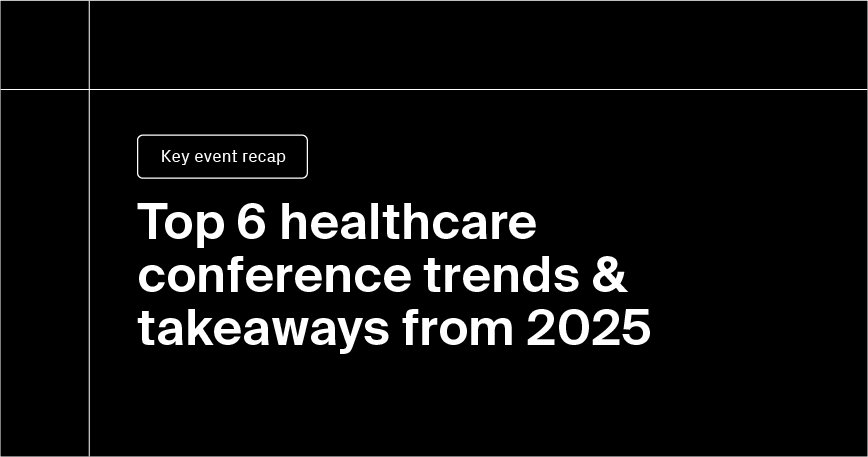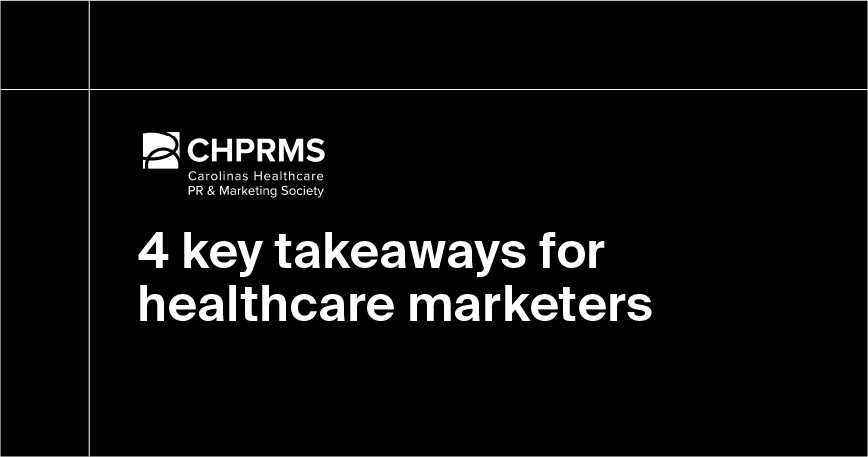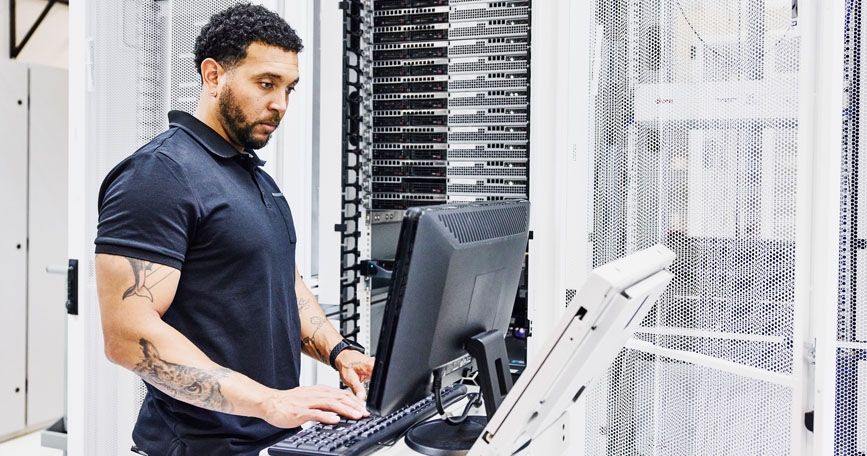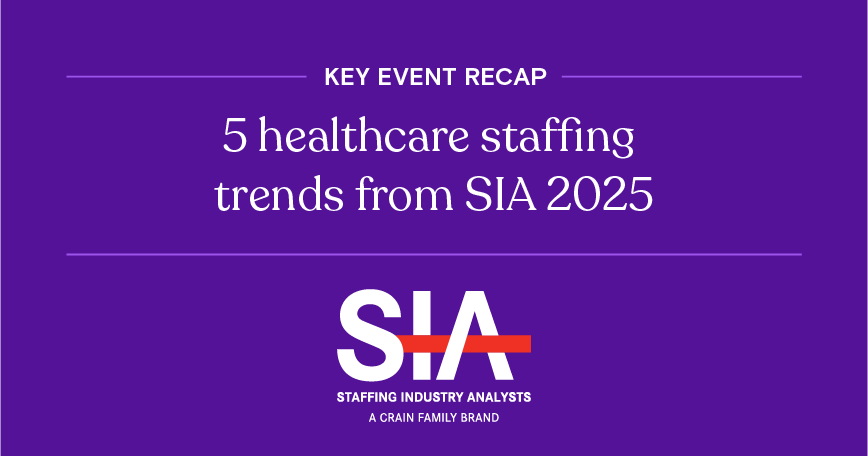Filter by Industry
Filter by Topic

Top 6 healthcare conference trends & takeaways from 2025
Discover the most important healthcare trends from 2025 events like HIMSS, RSNA, HLTH & more. Plan smarter for 2026 with real-world insights &…

The 4 big ideas defining RSNA 2025
Dive into the highlights from RSNA 2025, including the latest on AI in radiology, workforce challenges, and burnout.

CHPRMS 2025: 4 key takeaways for healthcare marketers
Catch the top takeaways from CHPRMS 2025. From emerging healthcare marketing strategies to new PR tech transforming patient and provider engagement.

Building cybersecurity resilience in rural healthcare
Explore key strategies to strengthen cybersecurity in rural hospitals, covering limited resources, risk mitigation, and resilience for patient safety.

The coming age of consumer-focused, portable health records
Discover the latest trends in consumer‑focused healthcare data exchange, from APIs & apps to privacy shifts and interoperability innovations.

Top 10 largest independent hospitals
Explore the ten largest independent U.S. hospitals by bed count, what “independent” means and why they stand out in a consolidating market.

How to predict healthcare demand in 2026 (and beyond)
Learn how policy shifts, coverage losses, and market change will shape 2026 healthcare demand forecasting. Get data-driven forecasting insights for…

5 healthcare staffing trends from SIA 2025: Locum tenens, AI, & more
Review key insights from SIA 2025: Locum tenens growth, physician burnout, hiring trends, AI usage, and data integration.

Common pitfalls in healthcare consulting and how to avoid them
Discover the top pitfalls healthcare consultants face and learn how leveraging data‑driven insights can help overcome them effectively.

Scratching the 3-year itch: Why sales should leverage shifting GPO-provider relationships
Understand the 3‑year GPO‑provider contract cycle and how sales teams can align timing, strategy and value to win in that window.